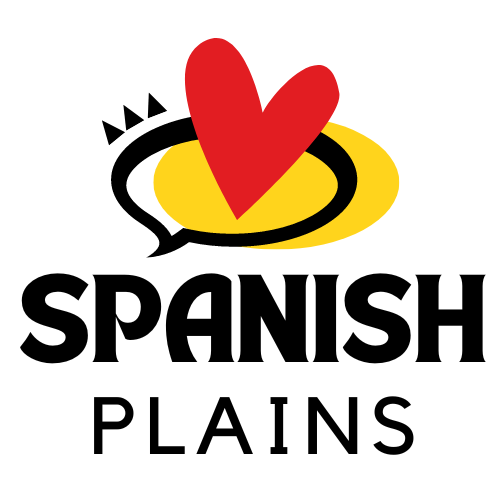Introduction
Valencia, the third-largest city in Spain, perfectly combines modernity and tradition. Located on the southeastern coast of the Iberian Peninsula, this vibrant city offers a unique blend of history, culture, and innovation. From its ancient landmarks to its futuristic architecture, Valencia has something to offer to every type of traveler.
Rich History and Architectural Marvels
Valencia’s history dates back over two thousand years, leaving behind a magnificent legacy that can be admired throughout the city. One of the most iconic landmarks is the Valencia Cathedral, a masterpiece of Gothic architecture that houses the Holy Grail. Explore the stunning interior and climb the Miguelete Tower for breathtaking panoramic views of the city.
Another architectural gem is the UNESCO World Heritage site, La Lonja de la Seda (The Silk Exchange), a magnificent 15th-century Gothic building. Its impressive columns and intricate details make it a must-see for history enthusiasts. Don’t miss the Central Market either, a modernist building where you can find a wide variety of fresh produce to tantalize your taste buds.
The Harmony of Modernity
Valencia’s modern side can be appreciated in its world-class architectural projects and cutting-edge cultural attractions. The City of Arts and Sciences is an exceptional complex that houses futuristic structures such as the Palau de les Arts Reina Sofia (Opera House) and the breathtaking Oceanografic, the largest aquarium in Europe.
Head to the Turia Gardens, a transformed riverbed turned sprawling park that winds its way through the heart of the city. Here, you can enjoy a leisurely walk or bike ride while admiring stunning urban landscaping and modern sculptures. The Hemisferic, an eye-catching IMAX cinema in the shape of an eye, is also located within the gardens, adding to the modern charm of the area.
An Explosion of Festivals and Culinary Delights
Valencia is famous for its vibrant festivals that celebrate its rich traditions. The most renowned of these is Las Fallas, a week-long festival in March that culminates in the burning of huge papier-mache sculptures. Witness this awe-inspiring pyrotechnic display and immerse yourself in the lively atmosphere of the city during this time.
Valencia is known as the birthplace of paella, Spain’s iconic rice dish. Indulge in a hearty plate of authentic paella valenciana, made with ingredients like rice, chicken, rabbit, and saffron. Whether you choose a traditional or modern twist on this classic dish, Valencia’s culinary scene is sure to satisfy all taste buds.
FAQs
What is the best time to visit Valencia?
The best time to visit Valencia is during the spring (April to June) or fall (September to November) when the weather is mild and pleasant, and the city is less crowded with tourists.
How do I get around Valencia?
Valencia has an excellent public transportation system, including metro, bus, and tram services. Renting a bicycle is also a popular and convenient way to explore the city.
Is Valencia safe for tourists?
Valencia is generally a safe city for tourists. However, it is always important to take common precautions, such as keeping valuables secure and being aware of your surroundings.
What are some other attractions in Valencia?
Some other attractions in Valencia include the Valencia Bioparc, a unique zoo that recreates the natural habitats of its animal residents, and the Mercado de Colon, a beautifully restored market that now houses trendy shops, cafes, and restaurants.
Can I enjoy the beach in Valencia?
Absolutely! Valencia boasts beautiful beaches, such as Malvarrosa and El Saler, where you can relax and soak up the sun. These beaches are easily accessible by public transportation.
